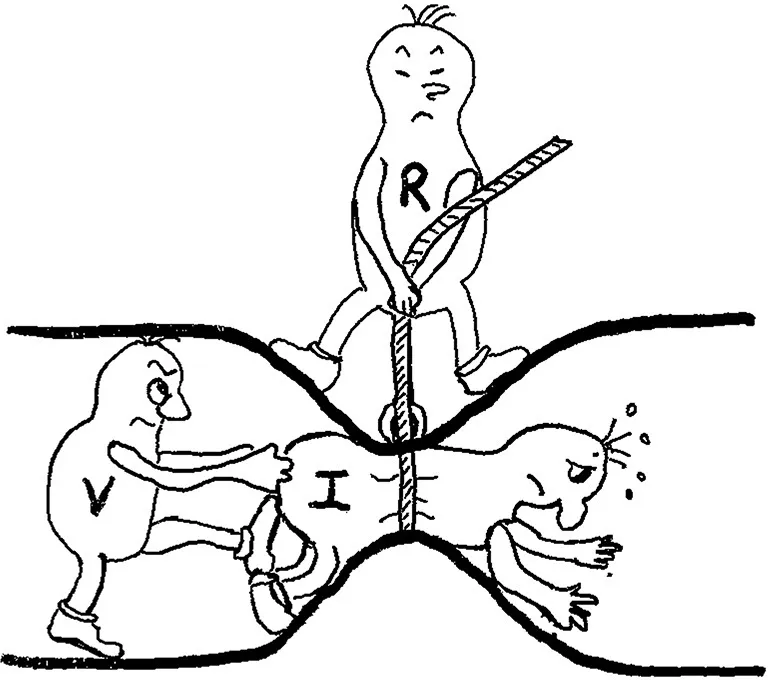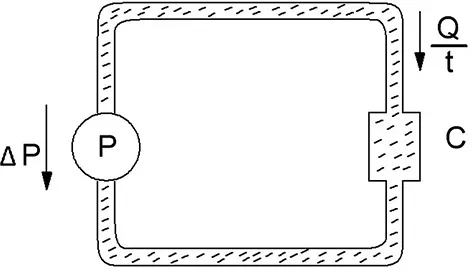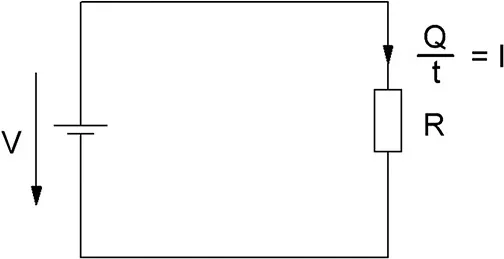
eBook - ePub
Electrical Engineering
Fundamentals
Viktor Hacker, Christof Sumereder
This is a test
Share book
- 240 pages
- English
- ePUB (mobile friendly)
- Available on iOS & Android
eBook - ePub
Electrical Engineering
Fundamentals
Viktor Hacker, Christof Sumereder
Book details
Book preview
Table of contents
Citations
About This Book
Fundamentals of Electrical Engineering is an excellent introduction into the areas of electricity, electronic devices and electrochemistry. The book covers aspects of electrical science including Ohm and Kirkoff's laws, P-N junctions, semiconductors, circuit diagrams, magnetic fields, electrochemistry, and devices such as DC motors. This text is useful for students of electrical, chemical, materials, and mechanical engineering.
Frequently asked questions
How do I cancel my subscription?
Can/how do I download books?
At the moment all of our mobile-responsive ePub books are available to download via the app. Most of our PDFs are also available to download and we're working on making the final remaining ones downloadable now. Learn more here.
What is the difference between the pricing plans?
Both plans give you full access to the library and all of Perlego’s features. The only differences are the price and subscription period: With the annual plan you’ll save around 30% compared to 12 months on the monthly plan.
What is Perlego?
We are an online textbook subscription service, where you can get access to an entire online library for less than the price of a single book per month. With over 1 million books across 1000+ topics, we’ve got you covered! Learn more here.
Do you support text-to-speech?
Look out for the read-aloud symbol on your next book to see if you can listen to it. The read-aloud tool reads text aloud for you, highlighting the text as it is being read. You can pause it, speed it up and slow it down. Learn more here.
Is Electrical Engineering an online PDF/ePUB?
Yes, you can access Electrical Engineering by Viktor Hacker, Christof Sumereder in PDF and/or ePUB format, as well as other popular books in Technology & Engineering & Electrical Engineering & Telecommunications. We have over one million books available in our catalogue for you to explore.
Information
1 The basic physic principles and definitions
1.1 The simple circuit
In everyday life, people do not distinguish between technically correct designations for electric quantities but abbreviate and incorrectly name it “electricity”. Colloquially, the expression “electricity bill” is used, when in reality the electrical energy consumption is meant; when an electrical accident happens, it is referred to as “electric shock”.
A person with technical knowledge is aware that a flow of an electric charge is designated “electric current” and that the physical quantity of current (intensity) uses the unit ampere. Furthermore, an expert knows that it is the voltage (measured in volts) that drives the current and that resistance (measured in ohm) at constant voltage determines the current (Figure 1.1).
To better understand the correlation between electric current, voltage and resistance, we look at the water cycle as analogue to the electric circuit.

Figure 1.1: Correlation between current, voltage and resistance.
Table 1.1:Water cycle as analogue to electric circuit.
| Water cycle (analogue) | Electric circuit |
|---|---|
 Figure 1.2: Closed water cycle. |  Figure 1.3: Closed circuit. |
| The flow of water is caused by the pressure difference generated by pump P. | The current flow is caused by the potential difference (= voltage ) generated by the voltage source. |
| The pressure difference determines the amount of water pumped via the load per time. | The potential difference (voltage ) determines the electric charge per time (current I) flowing through the load. |
| The pressure loss due to the resistance in the container is as high as the pressure difference generated by the pump. | The voltage loss on the resistance is as high as the generated voltage . |
Considering this, it becomes apparent that
- a higher voltage with constant resistance causes a higher electric current and this correlation is linear3: →
- a higher resistance with constant voltage causes lower electric current and the correlation is once again linear: →
Combining these two aspects directly leads to Ohm’s law:
1.1.1 The schematic diagram
The schematic diagram (see Figure 1.4) is a graphic representation of an electric circuit widely use...